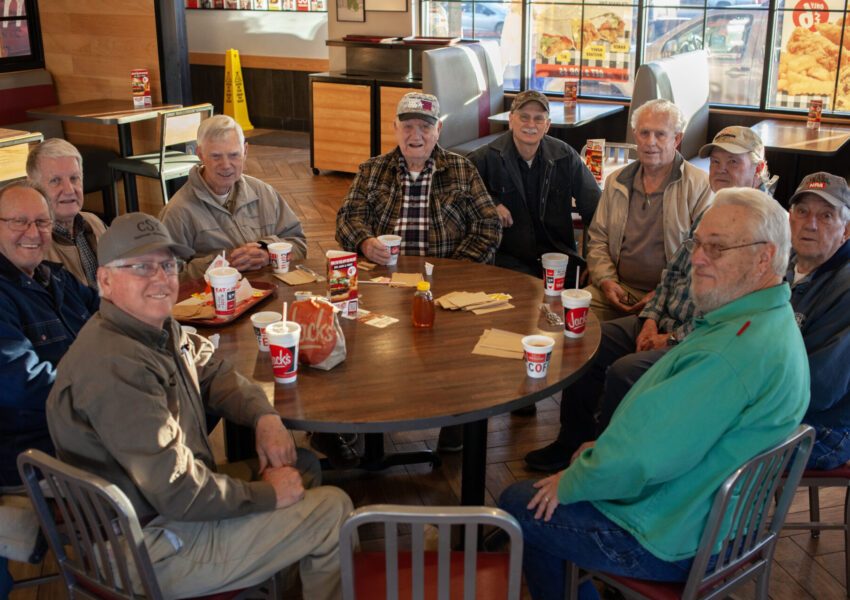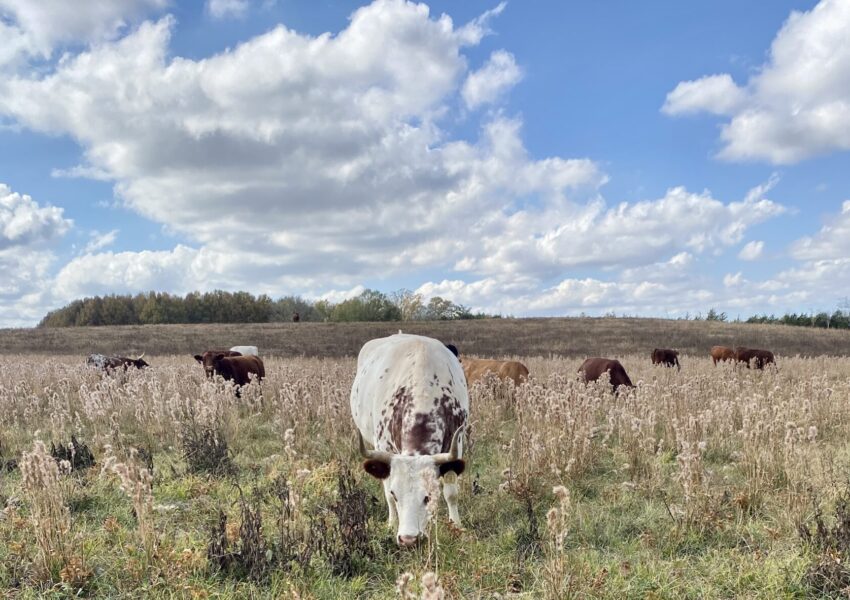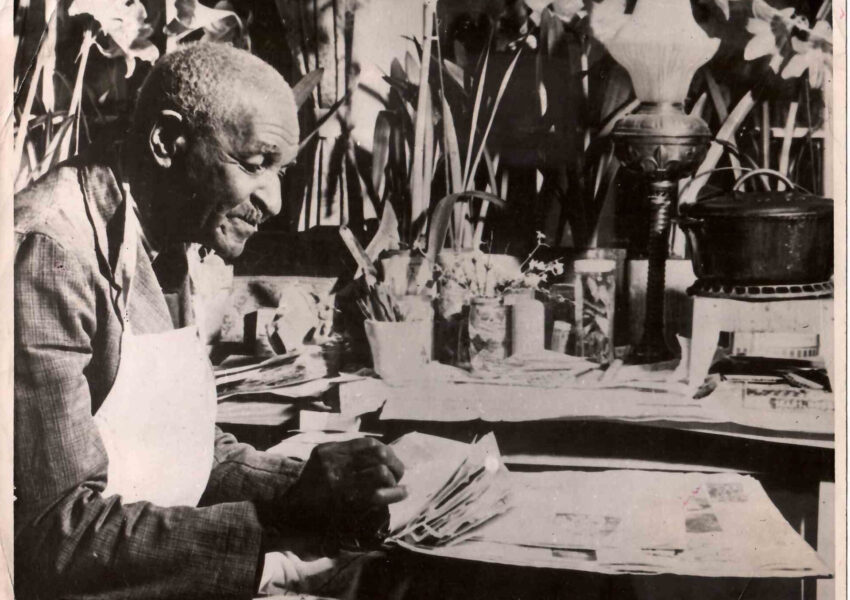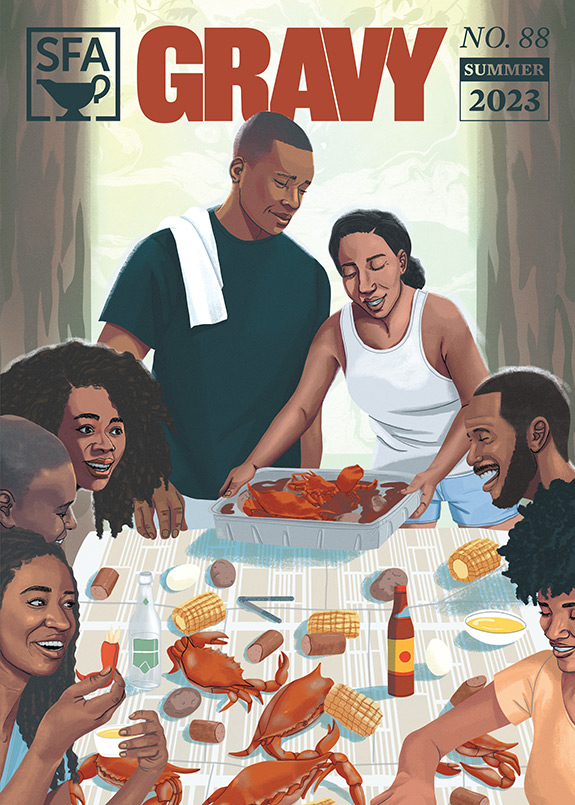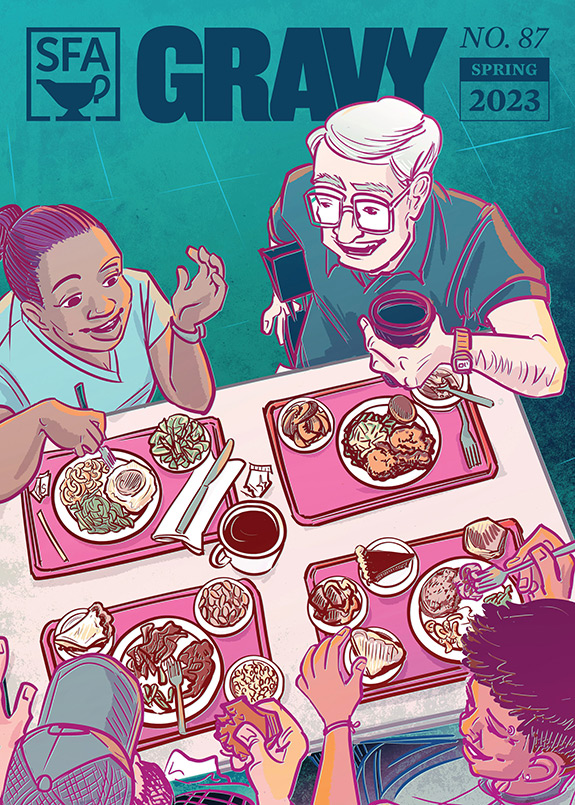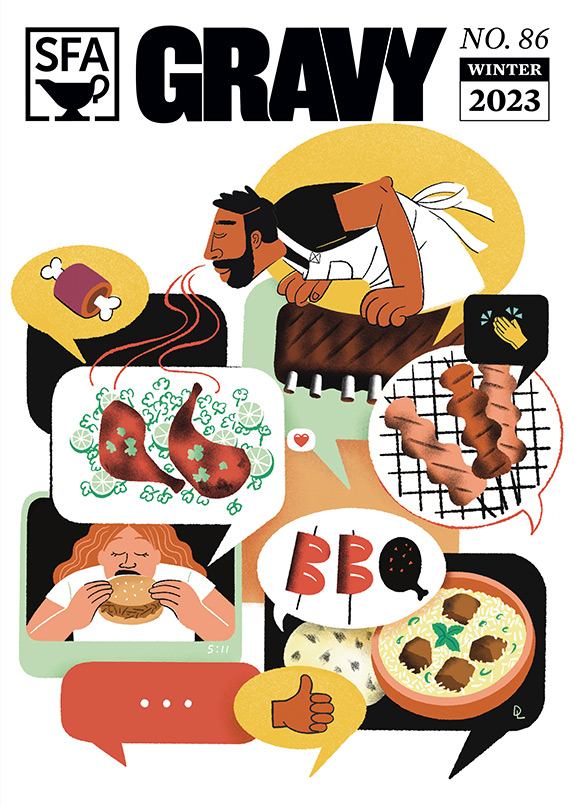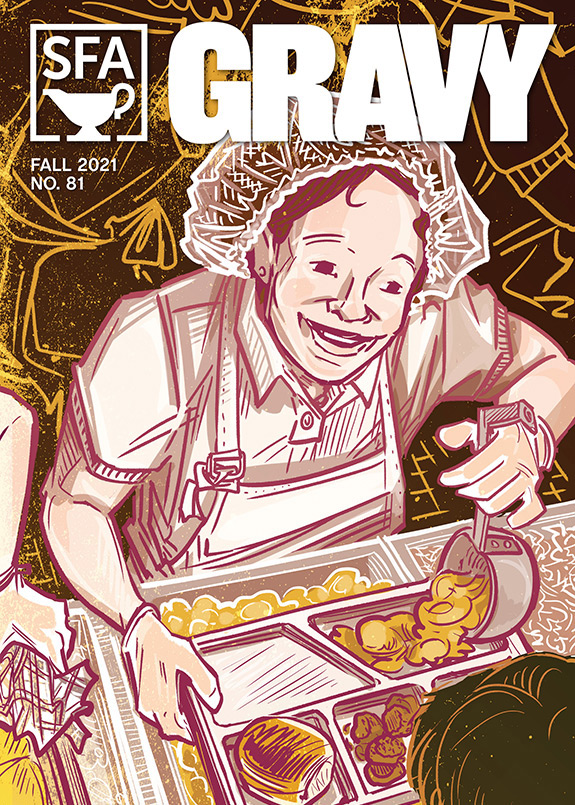Imagine this: deep in the Louisiana wetlands, a wooden platform the size of three football fields, covered in shrimp, drying in the sun… which are being danced on by Chinese immigrants, to rid them of their brittle shrimp shells. Now multiply that vision by a hundred, and you have some idea of the vast dried shrimp industry that existed in South Louisiana in the late 19th century. In the new episode of Gravy, Laine Kaplan Levenson, host of Tripod, brings us a story of Chinese immigration, family businesses, and how dried shrimp globalized Louisiana’s seafood industry.

You can listen to Tripod, Laine Kaplan Levenson’s podcast for WWNO, which produced its own version of this story, here.

You can read more of the oral history the Southern Foodways Alliance’s Sara Roahen did with Robert Collins here. And the rest of the collection of bayou oral histories is here.



